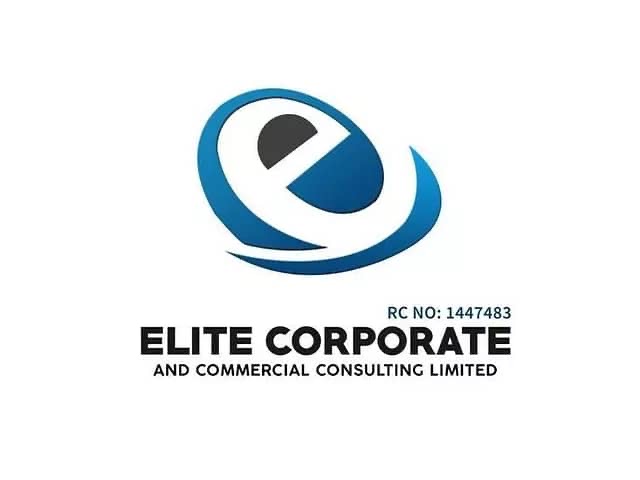
Africa is home to the world’s fastest-growing population, with an estimated 2.5 billion people projected to inhabit the continent by 2050. However, the education sector in Africa faces numerous challenges, including limited access to quality education, inadequate infrastructure, and a shortage of qualified teachers. In recent years, Edtech innovation has emerged as a potential solution to bridge the education gap in Africa. This article explores the current state of Edtech innovation in Africa, its benefits, challenges, and future prospects.
The State of Education in Africa
Africa faces significant challenges in its education sector. According to UNESCO, 40% of children in sub-Saharan Africa are out of school, and many more are not acquiring basic literacy and numeracy skills. The region also faces a severe shortage of qualified teachers, with an estimated 15 million more teachers needed to achieve universal primary and secondary education by 2030.
Edtech Innovation in Africa
Edtech innovation in Africa has gained momentum in recent years, driven by the proliferation of mobile phones, internet penetration, and innovative startups. Edtech companies are developing digital solutions to address the education challenges facing the continent. Some notable examples include:
- M-Shule: A Kenyan Edtech company that uses mobile technology to provide interactive learning content to students.
- Ulesson: A Nigerian Edtech platform that offers interactive lessons in subjects like math, science, and English.
- Snapplify: A South African Edtech company that provides digital educational content to schools and students.
- Ubongo: A Tanzanian Edtech company that creates interactive learning content for children using cartoons and games.
Benefits of Edtech Innovation in Africa
Edtech innovation in Africa has numerous benefits, including:
- Increased access to education: Edtech platforms can reach remote and underserved communities, providing access to quality education.
- Personalized learning: Edtech solutions can offer personalized learning experiences tailored to individual students’ needs.
- Improved student engagement: Interactive learning content can increase student engagement and motivation.
- Teacher support: Edtech platforms can provide teachers with resources and support to enhance their teaching practices.
Challenges Facing Edtech Innovation in Africa
Despite the benefits, Edtech innovation in Africa faces several challenges, including:
- Infrastructure: Limited access to electricity, internet, and devices hinders the adoption of Edtech solutions.
- Funding: Edtech startups in Africa often struggle to secure funding to scale their solutions.
- Regulatory frameworks: Unclear regulatory frameworks can hinder the growth of Edtech innovation.
- Digital literacy: Limited digital literacy among teachers and students can hinder the effective use of Edtech solutions.
Future Prospects
Despite the challenges, the future of Edtech innovation in Africa looks promising. Governments, investors, and Edtech companies are investing in digital education solutions. Some potential areas of growth include:
- Artificial intelligence: AI-powered Edtech solutions can offer personalized learning experiences and adaptive assessments.
- Gamification: Gamified learning experiences can increase student engagement and motivation.
- Virtual reality: VR technology can provide immersive learning experiences, enhancing student understanding and retention.
- Partnerships: Collaborations between Edtech companies, governments, and educators can drive the adoption of Edtech solutions.
Conclusion
Edtech innovation in Africa has the potential to bridge the education gap and provide quality education to millions of students. While challenges exist, the benefits of Edtech innovation, including increased access to education, personalized learning, and improved student engagement, make it an attractive solution. As the Edtech ecosystem in Africa continues to grow, it is essential to address the challenges and harness the potential of digital education to transform the continent’s education sector.
